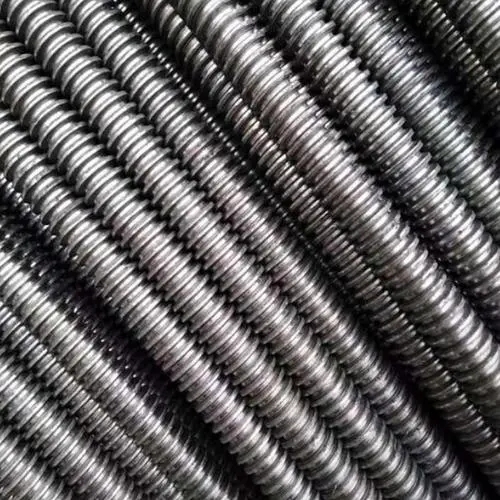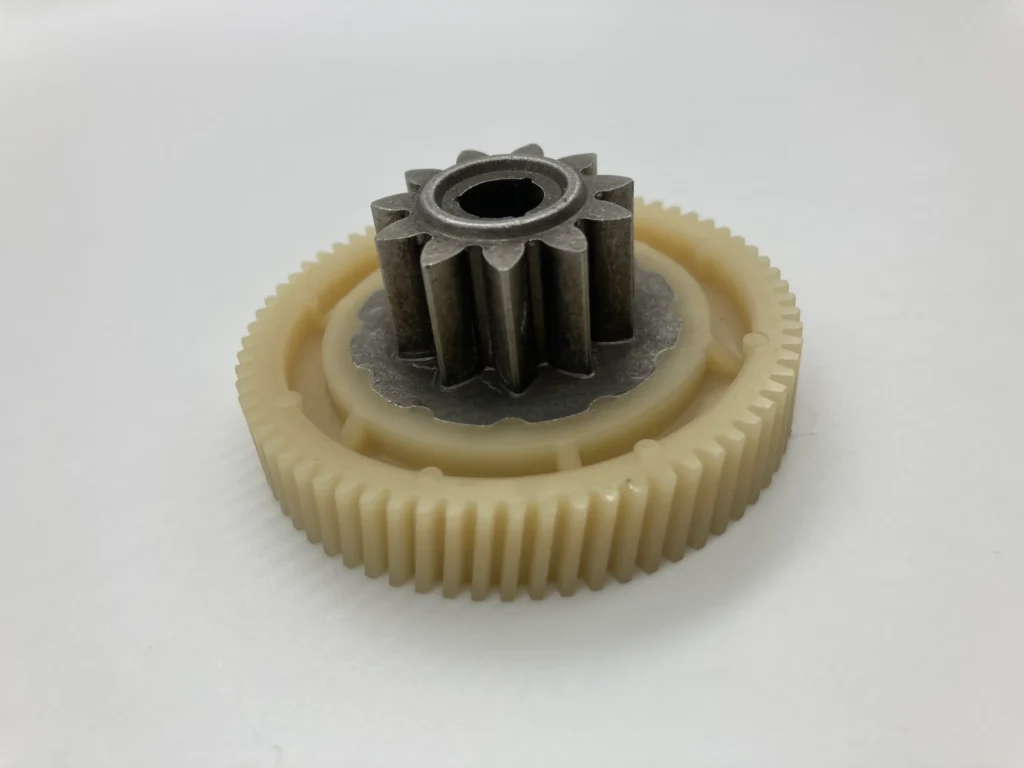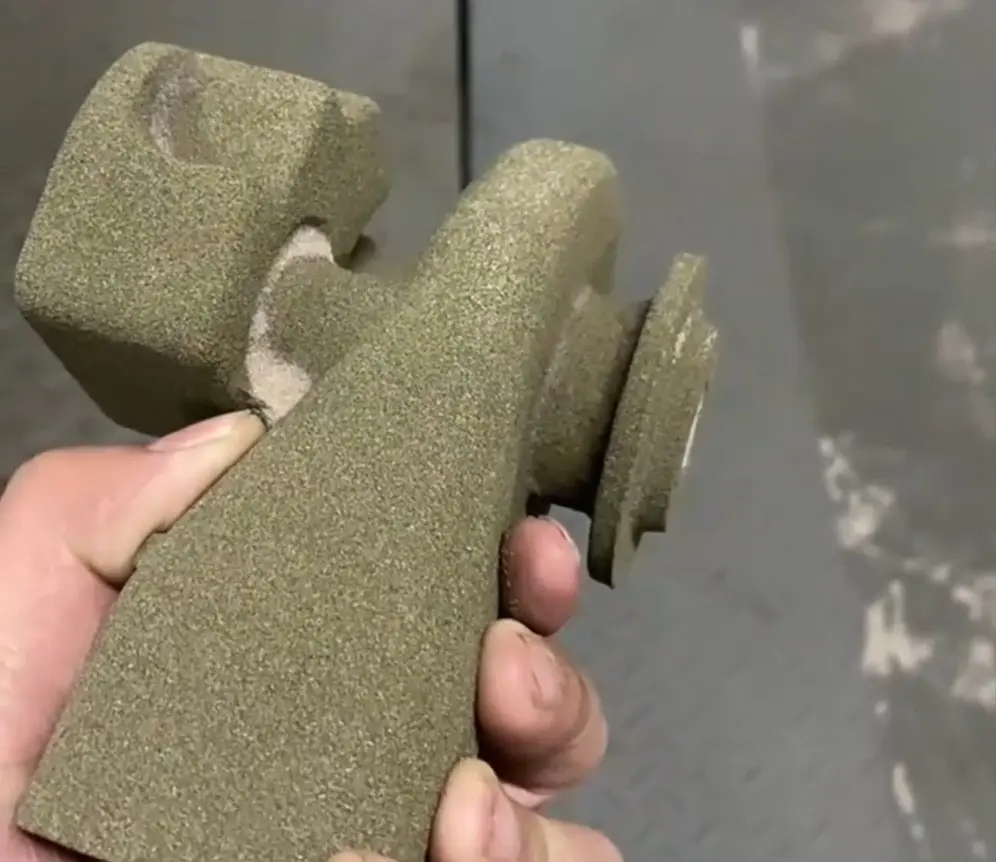The lead screw, especially the ball screw, has a number of significant advantages, which make it widely used in a variety of mechanical and automation systems. The following is a detailed overview of the advantages of the lead screw: 1. High precision: Ball screw can provide extremely high positioning accuracy and repeated positioning accuracy. Its precise manufacturing process and design ensure a tight fit between the screw and nut, enabling subtle and accurate displacement control. This is essential for applications that require high precision positioning, such as CNC machine tools, measuring equipment, and precision machinery. 2.Ball screws improve transmission efficiency by replacing sliding friction with rolling friction, reducing input power, […]
タグアーカイブ: Materials
The role of the lead screw, especially ball screws, is vital in mechanical systems. They convert rotary motion to linear motion with high efficiency, precision, and load capacity, making them essential in CNC machines, automation systems, and other industrial applications. Welleshaft specializes in manufacturing high-performance lead screws tailored to meet these demanding requirements. 1. Motion conversion: The main function of the lead screw is to achieve the conversion of the form of motion, which can convert the rotating motion into a linear motion, or vice versa. This property is very useful in mechanical design, especially where linear displacement is required. 2. High transmission efficiency: By introducing steel balls, the ball […]
What are Plastic Gears? Plastic gears have become increasingly popular in various industries due to their unique advantages over traditional metal gears. This comprehensive guide will explore the structure, design, manufacturing processes, materials, types, benefits, disadvantages, and applications of plastic gears. Design Considerations for Plastic Gears Designing plastic gears requires careful consideration of various factors to ensure optimal performance and longevity. Key design aspects include: Tooth Profile: Involute Teeth: The most common design, ensuring smooth meshing and minimal noise. Helical Teeth: Provide quieter operation and better load distribution but require more complex manufacturing processes. Gear Geometry: Pitch: The distance between corresponding points on adjacent teeth. Module: The ratio of the […]
What is 3D Sand Printing and How Does it Work? 3D Sand Printing is an advanced additive manufacturing technique used to create sand molds and cores for casting metal components. Unlike traditional sand casting, which involves manually creating molds, 3D sand printing automates this process, significantly enhancing precision and reducing production times. How Does 3D Sand Printing Work? Design: The process begins with a 3D CAD model of the part to be cast. This digital model is created using CAD software, which allows for precise control over the design. Preparation: The 3D model is then converted into a format compatible with the 3D printer, typically an STL file. The design […]




